This year’s Railway Accident Investigation Branch (RAIB) annual report shows that, in 2022, there were 16 railway accidents on the main line network requiring RAIB investigations. During the year the Branch published 14 full reports and 8 safety digests as shown in table 1.
The report describes how RAIB had published nine ‘Summaries of Learning’ (SoL). These address the most significant areas for which RAIB has concerns about the control of risk due to recurrent issues since its first investigations in 2005. Table 2 shows the relationship between these themes and those of RAIB’s annual report which form the basis of this feature which primarily concerns incidents on the GB main line railway network. However, RAIB’s remit also covers Metros, Heritage Rail, the Channel Tunnel, and Northern Ireland. In 2022 it considered five Metro accidents as shown in table 3.
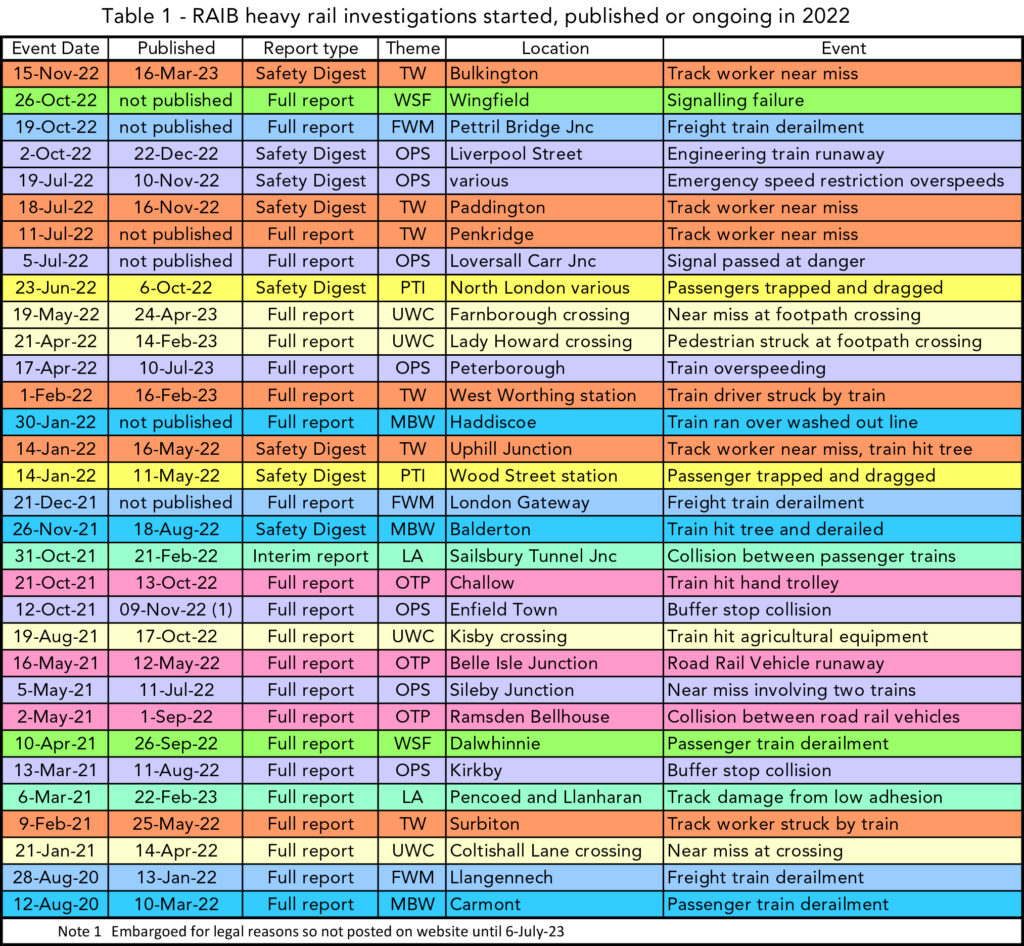
Graph 1 shows the significant reduction in fatal train accidents over the past 50 years and how the Train Protection Warning System (TPWS) has reduced such accidents. Whilst fatal train accidents are rare, other types of fatal accidents regularly occur on the national rail network, for example workforce, platform, and user worked crossing accidents. Table 4 shows a 37% reduction in such rail fatalities over the past ten years. Yet, sadly, annual suicides have increased from 216 to 261 over this period.
Whilst this safety improvement is good news, RAIB’s annual report shows that much more needs to be done, especially as, in slightly different circumstances, some accidents could have been multi-fatality events.
Railway operations
Table 2 shows how operations accounted for the highest number of accidents considered by RAIB in 2022. These included two buffer stop collisions and two signals passed at danger. Maintaining full concentration whilst driving trains is a demanding task. Hence RAIB recommends research into the detection and mitigation of driver’s loss of attention, and support for drivers in respect of fatigue and lifestyle management.
TPWS was implemented over 20 years ago as a stop-gap measure until the implementation of automatic train protection provided by ETCS. Although it is not a failsafe system, it has significantly reduced operational risk. Yet, with widespread ETCS deployment remaining many years away, RAIB questions whether TPWS provides sufficient risk mitigation.

An overspeeding incident at Peterborough in April 2022 showed how neither TPWS nor current signalling standards provided sufficient risk mitigation for a train routed from the Up Fast to the Up Slow line. As the train approached the junction control signal was displaying in red aspect until the train was 790 metres away travelling at 25mph. It then changed to a green aspect with its junction indicator (a string of five white lights) showing that the train was routed on to the Up Slow. The driver did not react to this indicator and then applied power which accelerated the train to pass the signal at 64mph, after which it passed over a set of points restricted to 30mph at 76mph.
Thirteen months later, there was another overspeeding incident at this signal. Since then, the approach control at this junction control signal has been changed to display a yellow aspect when a route requiring the junction indicator to be illuminated is set.
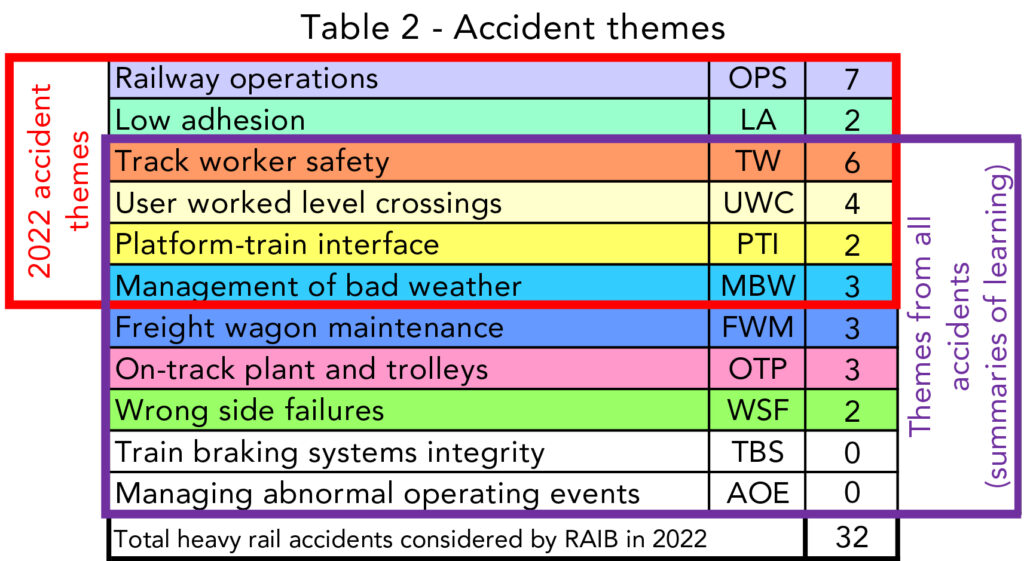
Track worker safety
Since 2005, RAIB has investigated 58 incidents involving track workers and moving trains. Of these, 10 resulted in deaths and 12 in injuries. The SoL showed that the safe system of work in place during these incidents included 24 instances of unassisted lookouts, 12 possessions, and 12 line blockages.
It identified the following concerns: (i) Planning work; (ii) Quality of site leadership; (iii) Supervision and monitoring of track workers; (iv) The way information is presented to track workers; (v) Standards of lookout working; (vi)Staff installing possession protection equipment; (vii) Management of contingent labour; and (viii) Staff willingness to challenge unsafe practices.
The fatal accident at Surbiton in February 2021 was followed by five track worker near misses, investigated in 2022. The Surbiton report showed that the individual killed was working outside the protected area and recommended action to keep track workers within safe limits. It also recommended that Network Rail review working practices to understand reasons for non-compliances. This, and previous reports, highlighted the need to reduce the amount red zone working.
RAIB’s annual report notes that improved technology and planning reduce the occasions that workers are on track when trains are running. However, as RAIB’s chief inspector Andy Hall notes: “whether working in planned red zones or not, lower-level risk controls relating to safety behaviours and site safety leadership remain important, if we are to avoid the type of near miss we continue to see, that one day may turn out to be another tragedy.”

Management of bad weather
Weather related incidents considered by RAIB in 2022 were a train hitting a fallen tree at Balderton in November 2021 and a train running over a washed-out line at Haddiscoe in January 2022. Prior to the Balderton incident, RAIB found that Network Rail had not considered all relevant meteorological data. Though these incidents only resulted in minor damage, the tragic Carmont accident, on which RAIB published its report in March 2022, highlighted the dangers of bad weather.
RAIB’s weather-related events SoL refers to 19 reports concerning management of earthworks and structures; response to adverse weather; snow and ice; and heat. These show the varying consequences of bad weather events including track buckling, scour undermining structures, trains hitting objects, unsupported track, and brakes affected by ice and snow.
The annual report notes that modern weather forecasting can predict exceptional events, allowing operators to implement focused precautionary measures to reduce the need for blanket speed restrictions over areas that are not at risk.
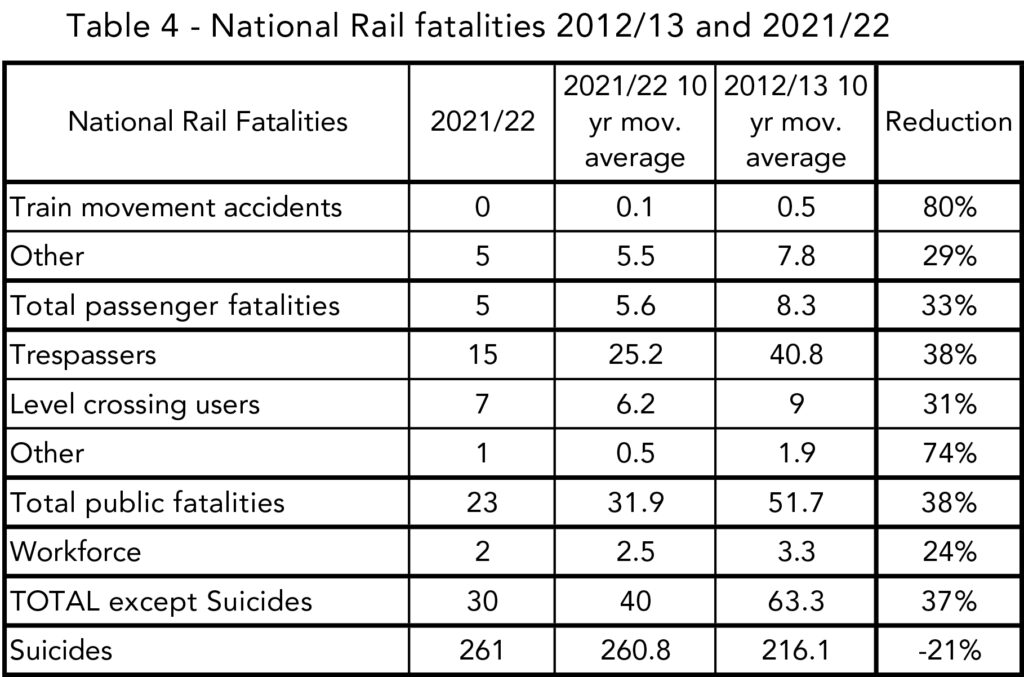
The importance of clear communications when imposing such emergency speed restrictions was emphasised in a safety digest issued in November 2022 following various overspeeding incidents. This highlighted the need for appropriate methods, including available technology, to ensure that weather-related speed restrictions reached the staff who need to act upon them.
Platform edge accidents
RAIB’s SoL of platform-train interface incidents refers to 15 such reports at train and tube stations and tram stops. Of these, 11 were trap and drag incidents and, in three cases, a passenger fell between train and platform. In a further incident, a visually impaired passenger fell off a platform which did not have tactile edge markings.
With several million people getting on and off trains every day, ensuring that everyone is clear before departure is a challenge, especially for trains with repetitive stops at busy stations. Hence RAIB reports have recommended measures to support drivers to maintain attention and awareness.
Reports have shown that the detection of trapped objects by door control systems needs to be improved. Investigations have shown that drivers and train dispatch staff were unaware of this problem and so relied on the door interlock indications to confirm that nothing was trapped. In one accident a driver did not realise that a trapped passenger’s hand could not be detected by the door interlock.
Another misconception is that, as shown by RSSB research, 58% of passengers mistakenly believe that, like lift doors, train doors will reopen if they are obstructed. In one case a passenger became trapped when she placed her hand between the closing doors in an attempt to re-open them as she attempted to board the train.

UWCs
RAIB’s User Work Crossing (UWC) SoL shows that it has published 24 UWC reports which highlight the following concerns about Network Rail’s 2100 user worked crossings:
- Briefing by authorised users.
- Signage.
- Signaller’s judgement.
- Signaller’s understanding of type of vehicle.
- Power operated gates.
RAIB issued four reports concerning UWCs and footpath crossings in 2022. The incidents at Coltishall Lane and Kisby both showed that users did not know how to use a UWC. As well as reviewing signage, RAIB recommended that Network Rail, with ORR and DfT support, should review current arrangements that required authorised users to brief potential crossing users given the increase in delivered goods and services. As Andy Hall noted: “we still have a nineteenth-century concept in a twenty-first century environment.”
Both reports on the fatal accident at Lady Howard footpath level crossing and near miss at Farnborough North level crossing showed that insufficient action had been taken to mitigate the known high risk at these crossings.
Low adhesion
Though steel wheels on steel rails make for a highly energy efficient railway, moisture and other contaminants can significantly reduce the friction between wheel and rail. Two quite different consequences arose from the two low adhesion incidents that RAIB considered in 2022. At Pencoed and Llanharan in March 2021, severe wheel flats on a freight wagon caused track damage as wheels locked after a normal brake application due to low adhesion.
A serious incident occurred on at Sailsbury Tunnel junction in October 2021 when a passenger train was unable to stop and collided with another train at about 54mph. This was the first collision between passenger trains at speed that RAIB has investigated since its formation in 2005. It resulted in a driver being seriously injured and 13 passengers taken to hospital. Had the train collided with one travelling in the opposite direction, the consequences would have been far more severe.
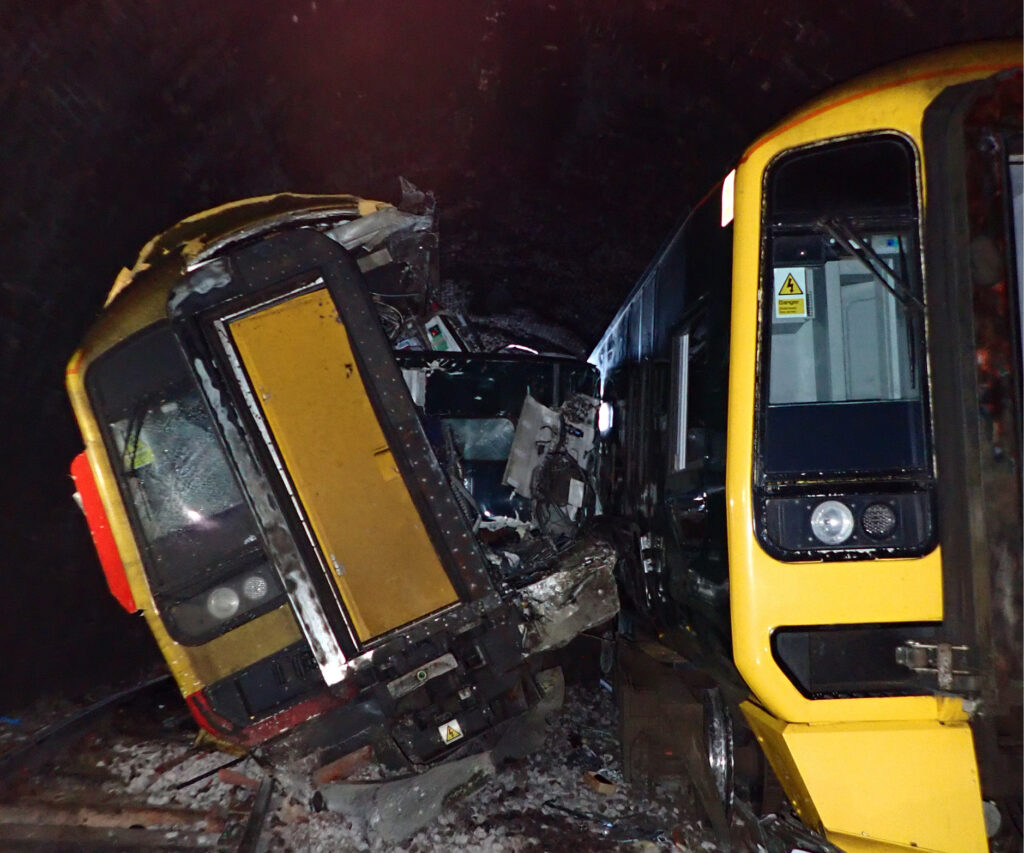
RAIB’s interim report, issued in February 2022, confirmed that, for two miles before the collision, the railhead was contaminated with crushed leaf material. It considered that this reduced the coefficient of friction close to an exceptionally low value of 0.02.
Rail Engineer has featured various reports on the work of Adhesion Research Group. RAIB’s investigation into the Sailsbury Tunnel Junction accident will no doubt provide added impetus to this group’s essential work.
Wrong side failures
With the passage of time, most in the industry today did not experience the shock of learning how a loose wire caused the catastrophic Clapham Junction accident in 1988. This wrong side failure (WSF) was particularly disturbing for signal engineers who responded by producing new signalling staff handbooks on works testing, maintenance testing, installation, and design. These incorporated all the lessons from the Clapham accident and were supported by enhanced training. At the time all concerned knew why these handbooks were so important.
In 2022, RAIB considered two WSF incidents. In September 2022, it published its report into a derailment at Dalwhinnie caused by a wiring error when a points machine was replaced nine months earlier. In October 2022, a train running under green signals at Wingfield was unable to stop when it unexpectedly encountered a red signal. This occurred after the signal had been disconnected for planned maintenance work. Fortunately, there were no significant consequences from either of these incidents.
RAIB’s annual report suggests that the lessons of Clapham are being forgotten. To highlight these, RAIB recently introduced a SoL on WSFs. This considers the Dalwhinnie and Wingfield incidents as well as a 2016 irregularity at Cardiff East Junction, a 2017 collision at Waterloo, and loss of signalling data on the Cambrian Coast line in 2017. It identifies the following areas of concern: commissioning signalling projects, maintenance renewals and assurance of software products.
Freight train derailments
Poor freight wagon maintenance has been a matter of concern in several RAIB investigations. The freight train derailments SoL references 22 RAIB reports on freight train derailments and two on track damage caused by freight trains.
Poor wagon maintenance was further highlighted when, in January 2022, RAIB published its report into the Llangennech freight train derailment as reported in issue 194 (Jan-Feb 2022). This recommended a comprehensive review of freight wagon maintenance management. During this investigation RAIB issued an Urgent Safety Advice on the need to manage the risk of malfunctioning wagon braking systems.
Since the Llangennech derailment, there have been freight train derailments at London Gateway in December 2021 and Pettril Bridge Junction in October 2022, for which reports have yet to be published.
The SoL refers to five cases of freight train derailments being caused by track condition and, in particular, the failure of rail fastenings on tight radius curves. It also showed that three freight train derailments had been caused by uneven loading.
On track plant
The SoL on the safety of on-track plant (OTP) and trolleys considers: Road-Rail Vehicle (RRV) braking; operator competence; vehicle conversions; and trolley/ trailer braking systems.
RAIB has published nine reports on RRV runaways which almost all concern ineffective braking during on and off tracking of ‘high-ride’ RRVs. These have rail wheels with a hub that is driven/braked by the machine’s rubber-tyred road wheels. If such RRVs are not properly on-tracked, contact between road and rail wheels may be lost which can result in a runaway.
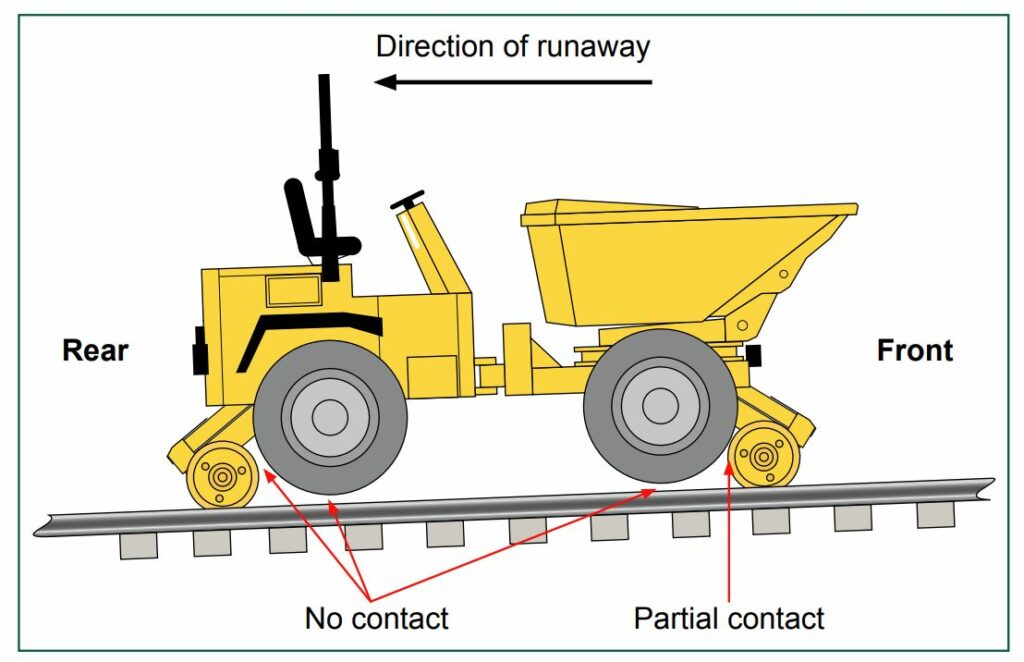
Following a spate of such incidents, all such RRVs were fitted with a Direct Rail Wheel Braking (DRWB) system. However, this did not entirely prevent such incidents as shown by the RRV runaway at Belle Isle in May 2021 which was due to an ineffective DRWB system due to a valve left open following maintenance.
The RAIB reports into RRV collisions at Cholmondeston in September 2018, Rochford in January 2020, and Ramsden Bellhouse in May 2021 concluded that current rules lacked clarity about who was in charge of the safe movement of track plant. These reports recommended that Network Rail should review and clarify the roles of those responsible for plant operations in possessions and work sites, to avoid duplication of responsibilities and minimise confusion between roles. This recommendation is still being progressed.
The Cholmondeston report also found that there was very limited visibility ahead, when the RRV was driven in reverse. It noted that RRVs spend an equal amount of time travelling in both directions and recommended that the relevant controls need to consider practicalities of such limited visibility.
Runaway hand trolleys and a trailer were considered by reports into incidents at Haslemere in September 2011, Raven Crossing in November 2014, Hope in May 2017 and at Ramsbottom in March 2018. The issues raised by these reports included poor brake maintenance, standards not considering whether the brake is a parking or service brake and that planning had not adequately considered the gradients on which this equipment was to be used.
Braking systems
The SoL on braking system integrity considers trains that cannot stop, stopped rail vehicles running away, and derailments due to wagon braking faults. This last topic essentially overlaps the freight train derailments SoL. For two of the incidents of trains not being able to stop, the locomotive provided the only brake on the train. A freight train passed a signal at danger at Crofton West Junction in May 2020 because its wagons had no brakes as, after a brake test had been undertaken the night before, the locomotive had been used for instruction and the instructor had left the brake pipe and reservoir pipes isolated.
In August 2019, the driver of a sleeper train was unable to control its speed through Haymarket East Junction and was unable to stop at Edinburgh Waverley. This was an incident with potentially catastrophic consequences. RAIB investigation concluded that that the Brake Pipe Isolating Cock (BPIC) had almost certainly been inadvertently closed whilst the electrical supply plug was being connected when the train was split at Carstairs. It made recommendations concerning brake continuity testing and preventing unintended operation of the BPIC.
The locomotive, ‘Vale of Ffestiniog’, on the heritage narrow gauge West Highland Railway entered a single line section without authority in April 2019 when it was unable to stop as it descended a 1 in 40 gradient through Beddgelert. This was found to be due to a brake system modification made 18 years previously.
The importance of ensuring parking brakes are applied was shown by the runaways of a rake of 22 wagons running away at Toton sidings in January 2021 and an unattended engineering train at London Liverpool Street station in October 2022.
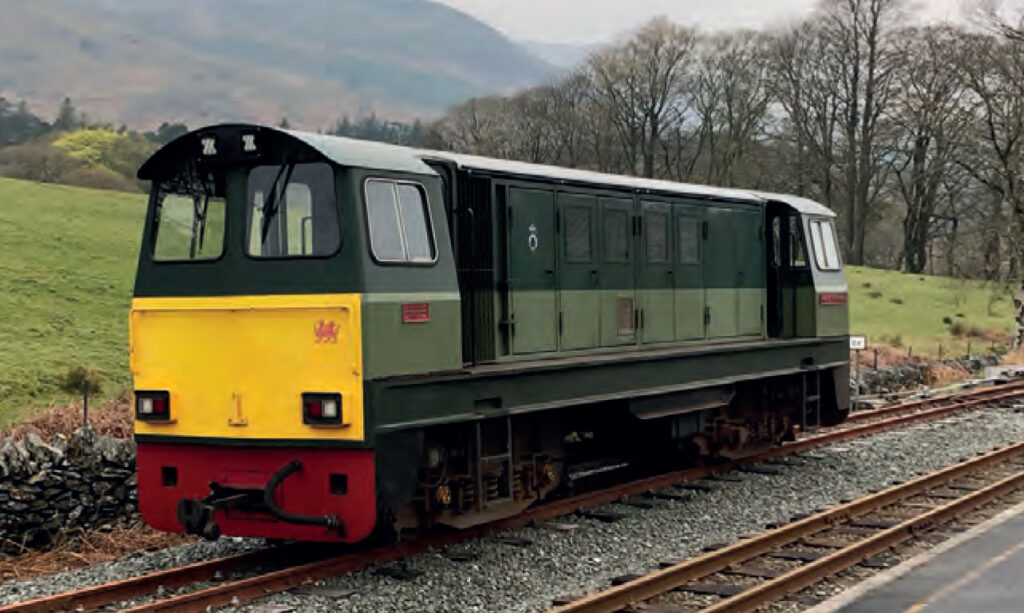
Managing abnormal events
Another SoL considers incidents during abnormal events. These concern passengers detraining, usually of their own volition, and safety incidents from poor communications. Although RAIB did not have to consider any such events in 2022, this SoL is still highly relevant.
Drivers only very rarely encounter incidents in which their trains fail and become stranded. When this happened in May 2011 at Kentish Town, in March 2018 at Lewisham, and in July 2019 at North Pole Junction, passengers decided to detrain themselves onto the live railway. When a train was stranded 30 metres from Peckham Rye station in November 2017, a decision was taken to detrain passengers who were then close to the live conductor rail.
RAIB found that in such cases drivers were sometimes poorly supported by the control room and made poor decisions as they were overwhelmed by events. It also concluded that operational interfaces between different train operating companies, signallers and control offices were poorly managed. It recommended enhanced training and exercises to enable operating staff to effectively manage train stranding incidents and recognise that such incidents on a busy urban railway can rapidly create an unsafe situation.
Reports on unsafe situations during abnormal events were a near miss between a train and a driver who was on the track examining his train at Stafford in March 2018, and a driver moving a train past a red signal without the signaller’s permission at Bethnal Green in April 2018. Both incidents were due to poor communications.
A good read
RAIB’s annual report is a good and essential read. As well as its many specific safety lessons, it highlights some key general points. Historically, railways have improved safety by learning from accidents, yet some recent accidents suggest that lessons from the past are being forgotten. Another issue is that, in a complex environment with competing pressures, it can also take too long to mitigate known high risks.
It is also important that those responsible understand what is actually happening rather than what they think should be happening. This needs a culture which encourages a flow of information from the sharp end. Understanding what does and can happen is essential if risk is to be effectively managed, as compliance with standards, in itself does not guarentee safety.
RAIB’s SoLs are also an essential read for those concerned with their specific themes. Its reports on each incident are also a good read, though of necessity these are comprehensive lengthy reports. Rail Engineer understands the pressures on everyone’s time but hopes that this feature encourages its readers to read the RAIB publications applicable to their work given the importance of understanding and implementing the lessons in RAIB’s publications.

